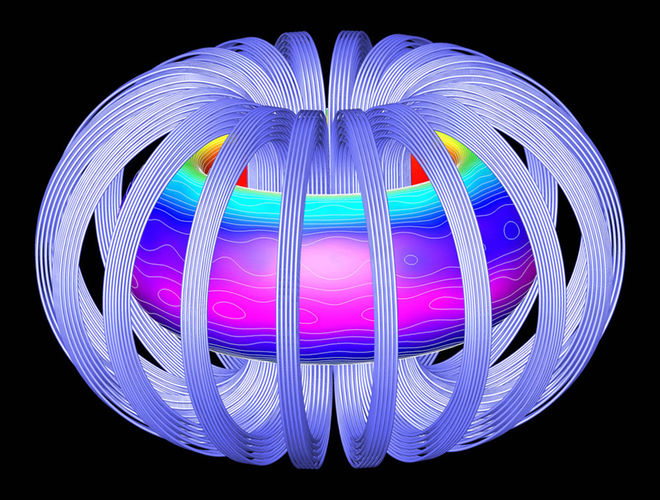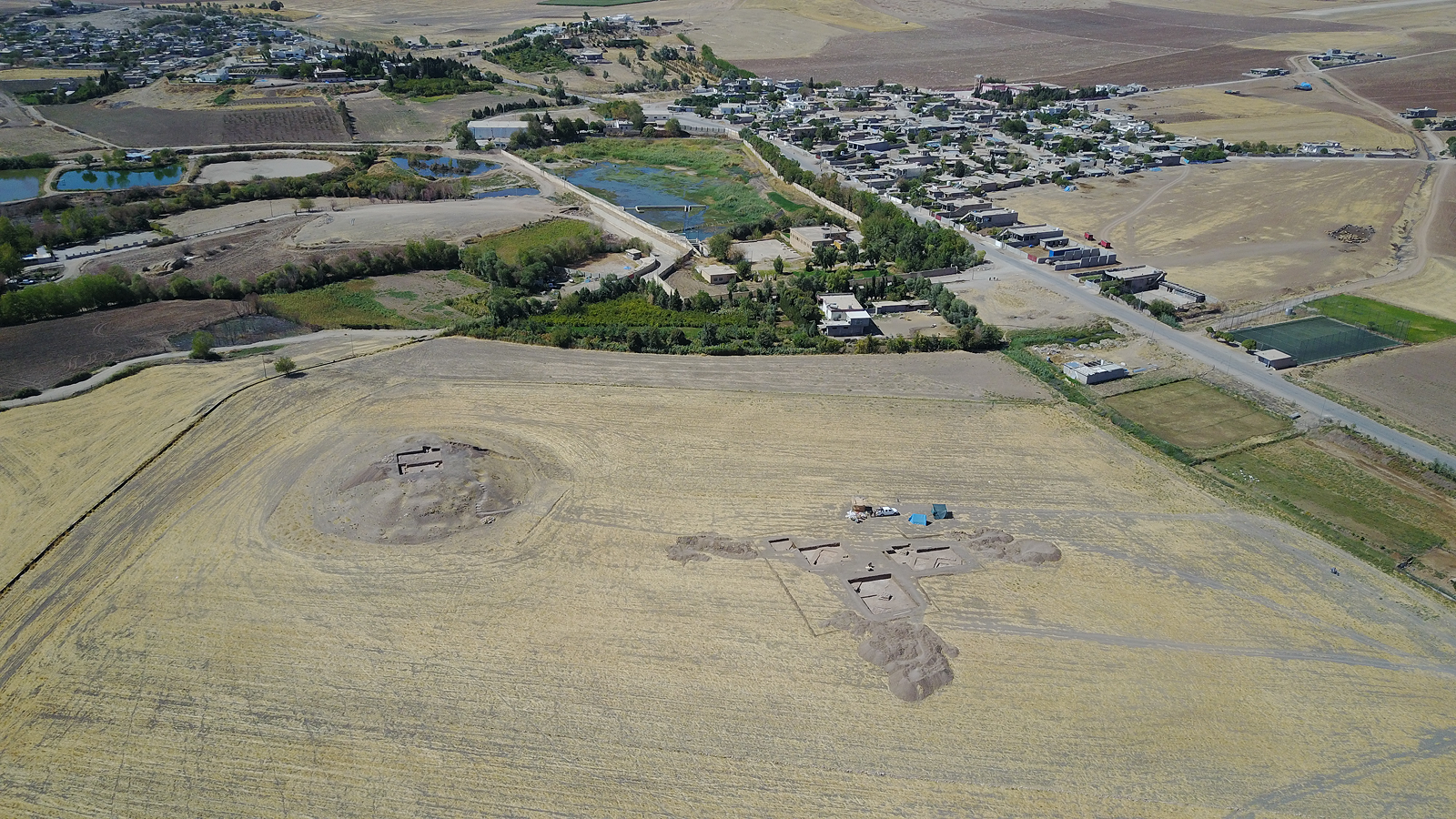Witness the Beauty of Science: SciArt Tweet Storm Kicks Off

Get ready, a storm is brewing. And it isn't the kind that will require a raincoat, just an internet connection and a dab of curiosity. The SciArt Tweet Storm just kicked off today (March 1), where anyone can post their favorite imagery showing the beauty (or oddities) of science.
From dinosaur reconstuctions and zoomed-in images of protozoa to mathematical sketches and artistic views of things growing in Petri dishes, the Tweet Storm "is a way to smash through the grimy windows of Twitter, and share art and imagery about science," say its creators, the Symbiarctic Team, on their blog.
In its third year, the SciArt Tweet Storm could get wild; more than 29,000 tweets hit Twitter in 2015, and the 2016 event saw 22,000 posts.
To participate, just post your favorite science imagery on Twitter with the hashtag #SciArt, or you can just sit back and enjoy a visual ride through science. As the Symbiarctic Team puts it: "You can take a break from the very important hate-reading on politics, and dip into the #sciart hashtag and discover something wonderful. It's guilt-free, like binge-watching David Attenborough documentaries."
The "storm" will rage until March 7. The Symbiarctic Team includes Kalliopi Monoyios, Glendon Mellow and Katie McKissick.
Here's what SciArt fans have already posted today:
Original article on Live Science.
Get the world’s most fascinating discoveries delivered straight to your inbox.
Jeanna Bryner is managing editor of Scientific American. Previously she was editor in chief of Live Science and, prior to that, an editor at Scholastic's Science World magazine. Bryner has an English degree from Salisbury University, a master's degree in biogeochemistry and environmental sciences from the University of Maryland and a graduate science journalism degree from New York University. She has worked as a biologist in Florida, where she monitored wetlands and did field surveys for endangered species, including the gorgeous Florida Scrub Jay. She also received an ocean sciences journalism fellowship from the Woods Hole Oceanographic Institution. She is a firm believer that science is for everyone and that just about everything can be viewed through the lens of science.


